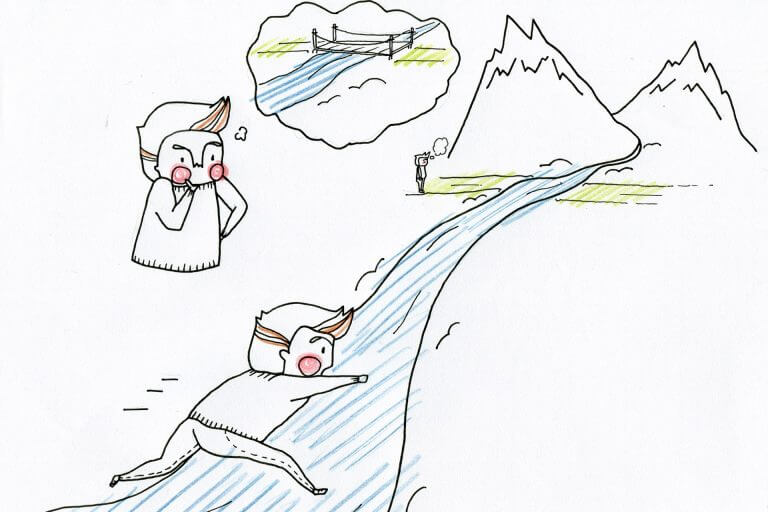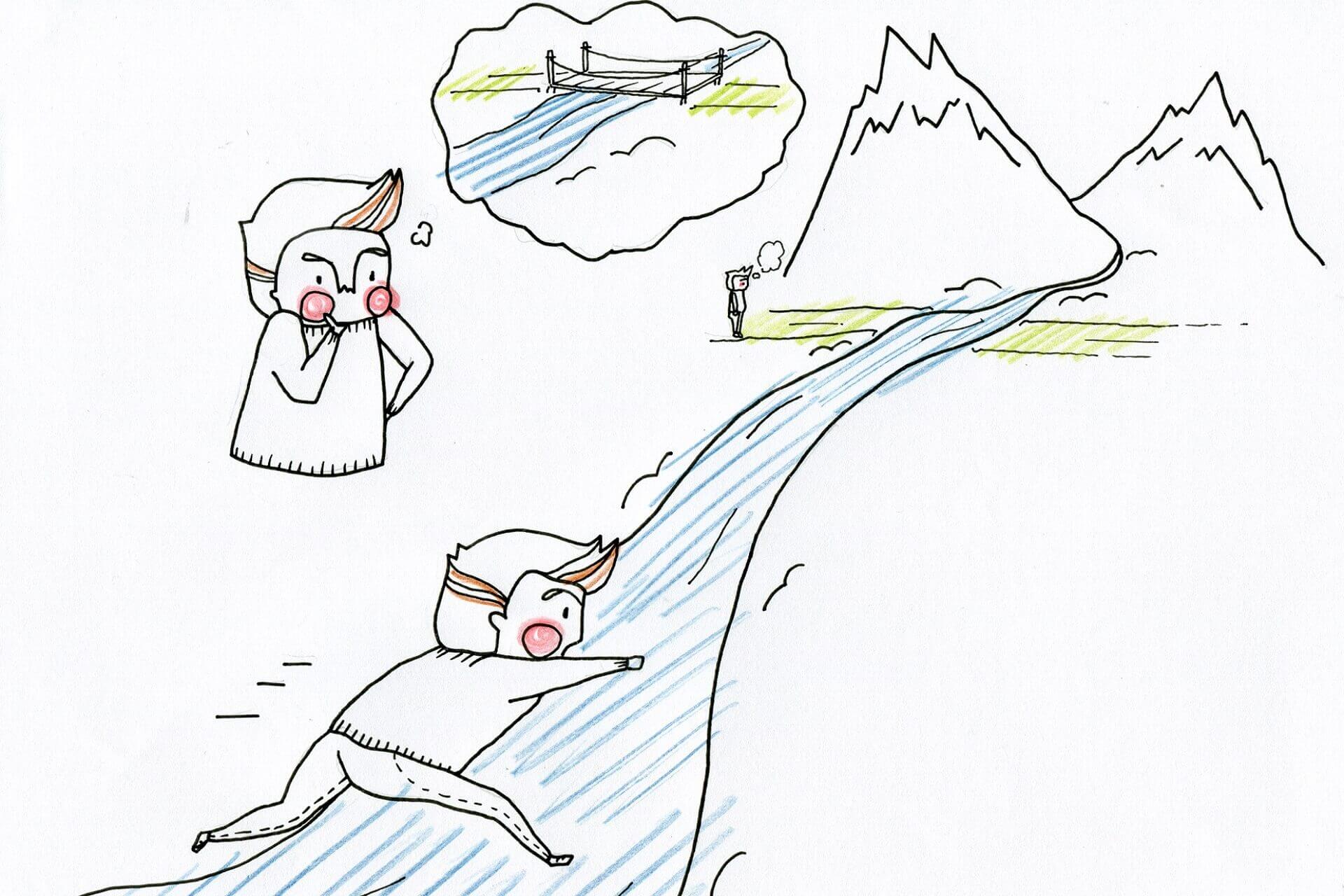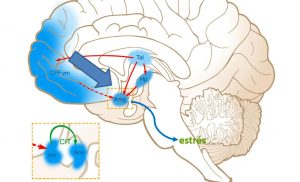Personality traits have associated behaviors that bring good and not so good results.
Prudence behaviors associated with the cautious personality trait are all strengths, in principle. Reflect, plan, study, work meticulously, etc. is highly valued.
In a personal leadership development coaching process, identifying opportunities for improvement related to a high level of prudence does not seem easy. However, if we use a personality tool, the possibilities of development will appear next to the other pole. For example:
Daring <> Cautious
Daring in a positive sense! Not reckless. Although some tool could put the lack of prudence on the opposite side, it is not what we are referring to.
Act more boldly or lower your stress level?
Behaviors related to ‘being daring’ are such as: pro-activity, courage, self-confidence, decision-making capacity, focus on results, etc. There may be opportunities for improvement for someone very prudent!
Fig 1. Illustrates the difference between daring and prudence.

It is difficult for someone prudent and cautious (reflective) to be, at the same time, daring (proactive). Or vice versa. In a “types” model we would say that someone is Cautious or Bold. In one ‘of traits’ we would place it at an intermediate point more towards Prudence or Boldness, but also, it will be more towards one side or the other.
With daring we move more quickly into action, with self-assurance and courageously.
With prudence reflection precedes action, with prevention and study.
Frequently, it happens that, after an evaluation with some tool, depending on the expected opportunity to improve results, some people may perceive the need to change their personality as if they had to turn a sock.
With the neuro tool, with NeuroQuotient®, this does not happen. In addition, it is possible for a person to exhibit a considerable level of behaviors associated with Cautious and Bold at the same time. Another difference from all the coaching tools on the initial list!
Paradox in the opportunities for improvement of ‘prudence’
However, when we inquire people with a high frequency of prudent behaviors, one of the main opportunities for improvement that we observe, in a notable percentage of them, is: ‘reducing the level of stress’.
Increase your ‘dare’? Yes, also in some. But first, by far, they want to ‘lower the stress level’.
How can we investigate to discover the priority in the development of a person, their main opportunities for improvement? Well, with the NeuroQuotient® tool. We will see it in due time.
And why, with ‘high prudence’, does ‘reduce stress’ appear as the priority in development?
We easily will understand it if we connect behavior with the brain, with neuroscience. If we take into account neurobehavior.
Let’s continue with the example. What happens in the brain with prudent, cautious, behaviors?
In this case, the prefrontal cortex PFC takes over. The PFC is the anterior part of the cerebral cortex, that makes us differentially human. The one that directs attention and -as regards the example we are seeing- thinks, reflects, plans, learns, monitors errors, etc.
But, all this, the PFC does not do it independently of the rest of the brain. The brain is a super-system in which nothing works in isolation. Although in certain neurobehavior there are brain substrates (neuronal centers and connections) that are more involved
Which brain centers ‘downstream’ does the PFC connect to, in this case?
We will address it in the next article. For now, just point out that in the case of NeuroQuotient® the dichotomy, the couple within the model, would be something like:
Stress (high probability) <> Prudence (high frequency)
A high frequency of prudent behaviors may be associated with a high probability of stress. Surprising?
Perhaps not surprisingly, considering that opportunities for improvement are often on the other side of the same coin as strengths. This is one of the key ideas of the NeuroQuotient® model.
But, to go deeper into it and bring to light the brain centers involved further down in the brain, we ask ourselves another question:
What do you think is the unconscious purpose of prudent behaviors (anticipating, planning, learning, avoiding mistakes) in the brain?




